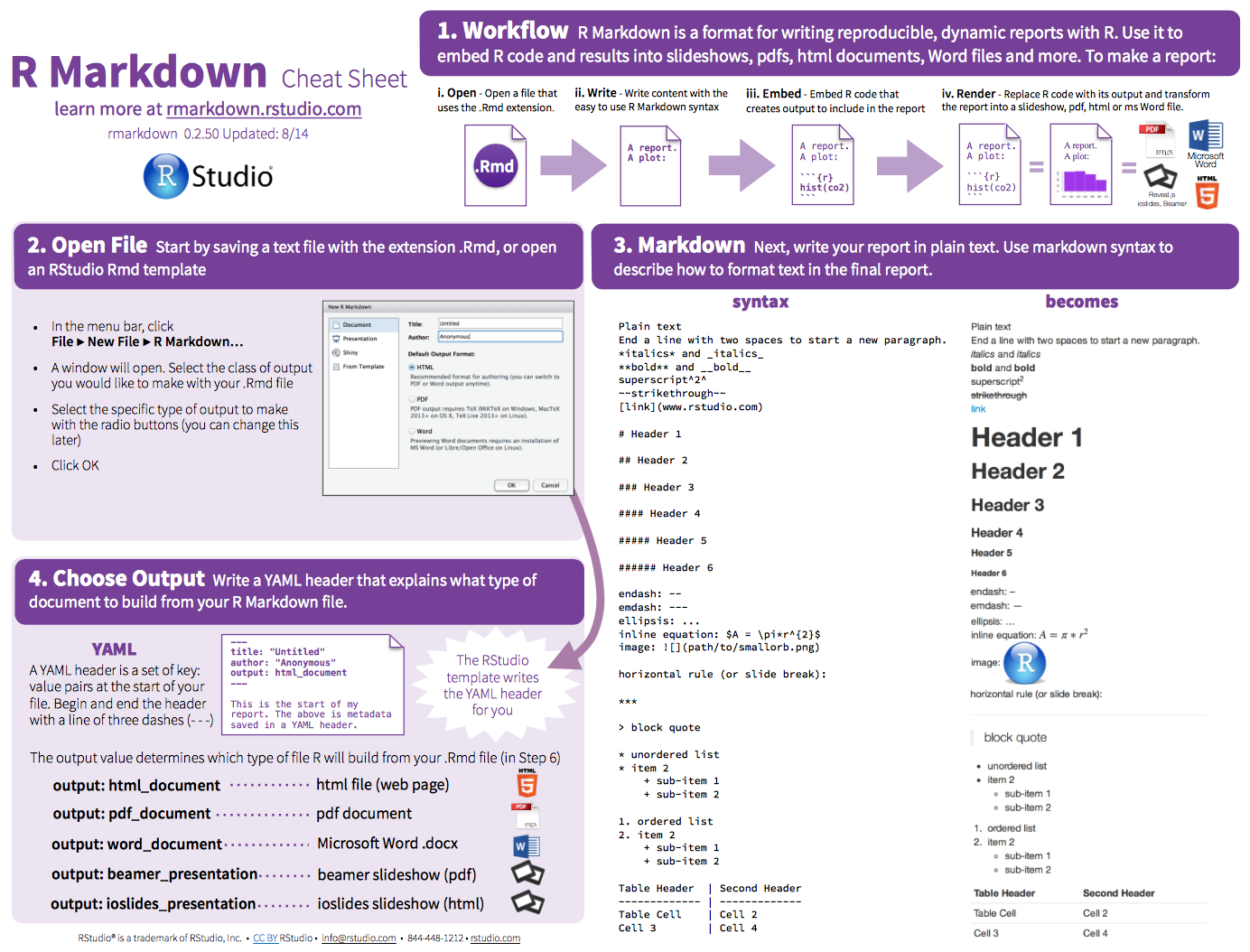
- USING LATEX IN RMARKDOWN HOW TO
- USING LATEX IN RMARKDOWN PDF
- USING LATEX IN RMARKDOWN UPDATE
- USING LATEX IN RMARKDOWN CODE
After the first set of backticks, include, which alerts knitr that you have included a chunk of R code.
USING LATEX IN RMARKDOWN CODE
To embed a chunk of R code into your report, surround the code with two lines that each contain three backticks. You can have the output display just the code, just the results, or both. When you render the report, knitr will run the code and add the results to the output file. The knitr package extends the basic markdown syntax to include chunks of executable R code. RStudio will open the Markdown Quick Reference guide in the Help pane. Then click the question mark that appears at the top of the scripts pane. Hyperlinks - Surround links with brackets, and then provide the link target in parentheses, like this (You can learn about more of markdown’s conventions in the Markdown Quick Reference guide, which comes with the RStudio IDE. Leave a blank line before the first bullet, like this This is a list Lists - Group lines into bullet points that begin with asterisks. Surround bold text with two asterisks, like this **easy to use**. Italicized and bold text - Surround italicized text with asterisks, like this *without realizing it*. Two hashtags, #, creates a second level header, and so on. A single hashtag creates a first level header. Headers - Place one or more hashtags at the start of a line that will be a header (or sub-header).
USING LATEX IN RMARKDOWN HOW TO
* (* (* (The file demonstrates how to use markdown to indicate: These websites all rely on markdown formatting In fact, you may have already used markdown *without realizing it*. It resembles what you naturally write every time you compose an email. Markdown is an **easy to use** format for writing reports.

The file below uses several of the most useful markdown conventions. The conventions of markdown are very unobtrusive, which make Markdown files easy to read. Markdown is a set of conventions for formatting plain text.


Rmd files are meant to contain text written in markdown. R Markdown is heavily integrated into the RStudio IDE. You can use a button in the RStudio IDE to render your reprt. In practice, you do not need to call rmarkdown::render(). This is what the above document looks like when rendered as a HTML file. You can manually render an R Markdown file with rmarkdown::render(). In this article, I will use the term render to refer to the two step process of knitting and converting an R Markdown file. In practice, authors almost always knit and convert their documents at the same time. You can include R code to knit, and you can share your document in a variety of formats. Rmd file.Ĭonversion lets you do your original work in markdown, which is very easy to use. rmarkdown will preserve the text, code results, and formatting contained in your original.
USING LATEX IN RMARKDOWN PDF
You can even turn the file into an HTML5 or PDF slideshow. Rmd file into an HTML, PDF, or Microsoft Word file. The rmarkdown package will use the pandoc program to transform the file into a new format.
USING LATEX IN RMARKDOWN UPDATE
The author can automatically update the report by re-knitting.Ĭonvert - You can convert the file. In the R Markdown paradigm, each report contains the code it needs to make its own graphs, tables, numbers, etc. If the data changes, the author must repeat the entire process to update the graph. The author makes the graph, saves it as a file, and then copy and pastes it into the final report. This workflow saves time and facilitates reproducible reports.Ĭonsider how authors typically include graphs (or tables, or numbers) in a report. knitr will run each chunk of R code in the document and append the results of the code to the document next to the code chunk. The rmarkdown package will call the knitr package. You can transform an R Markdown file in two ways. R Markdown files are the source code for rich, reproducible documents. rmarkdown comes installed with the RStudio IDE, but you can acquire your own copy of rmarkdown from CRAN with the command install.packages("rmarkdown") R Markdown files are designed to be used with the rmarkdown package. Note that the `echo = FALSE` parameter was added to the code chunk to prevent printing of the R code that generated the plot. When you click the **Knit** button a document will be generated that includes both content as well as the output of any embedded R code chunks within the document. For more details on using R Markdown see. Markdown is a simple formatting syntax for authoring HTML, PDF, and MS Word documents.

An R Markdown document is written in markdown (an easy-to-write plain text format) and contains chunks of embedded R code, like the document below. R Markdown is a file format for making dynamic documents with R.


 0 kommentar(er)
0 kommentar(er)
